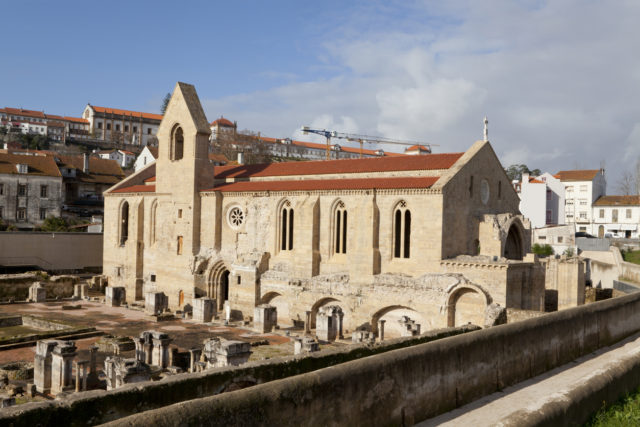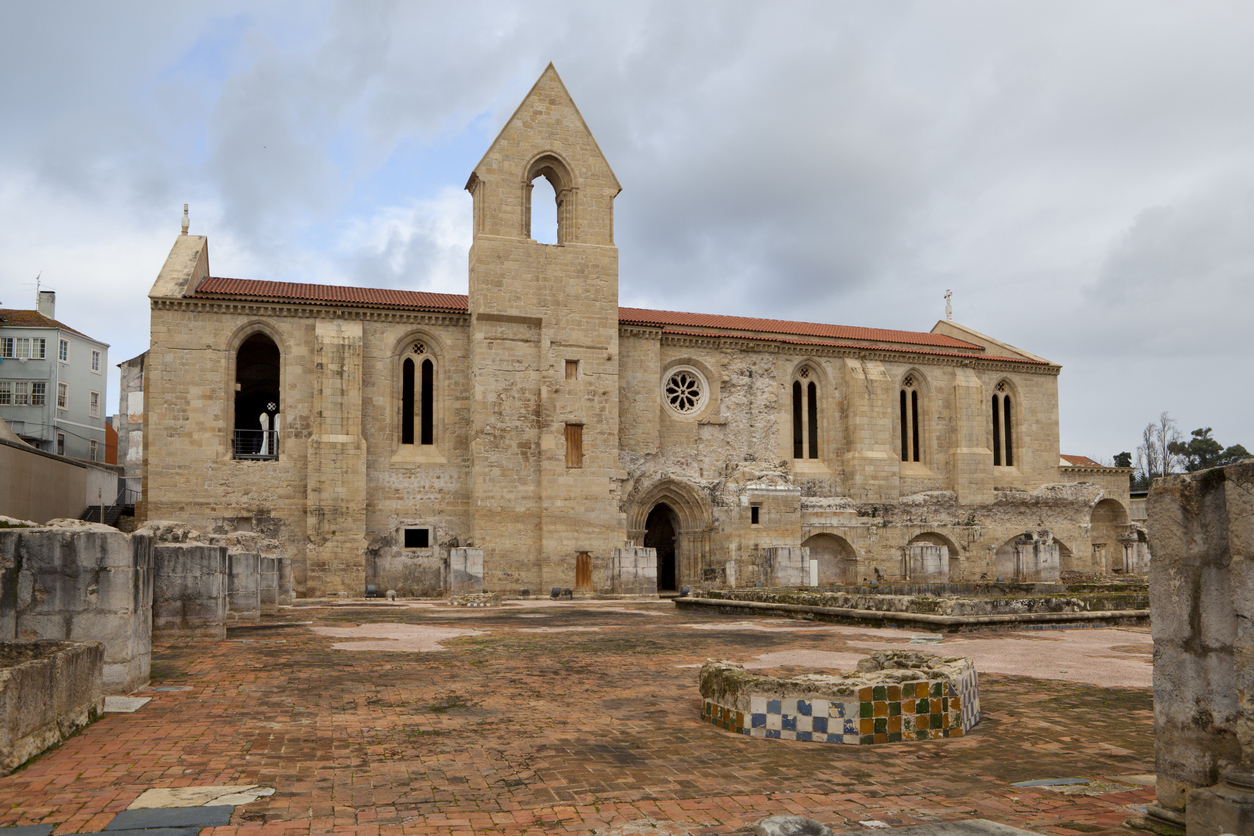In the Portuguese city of Coimbra stand the ruins of the Santa Clara-a-Velha Monastery (Old St Clare), which was founded back in 1286.
The monastery was originally established by Dona Mor Dias as a home of the Order of Poor Clares. However, the enterprise was initially short-lived since the monks of Santa Cruz were against a new female monastic house, and the early monastery was dissolved in 1311.
Three years later, Elizabeth of Aragon (who went on to marry King Denis of Portugal and be renamed Queen Isobel) sponsored the restoration of this monastery. Construction work began in 1316, and the church was consecrated in 1330. The remains that can be seen today relate to the building works carried out during this period.
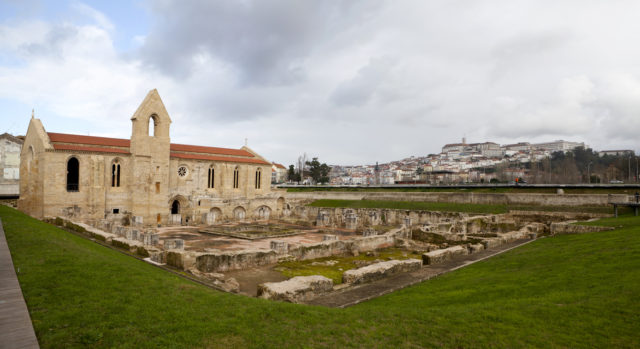
The first architect was Domingos Dominguez. He had worked on the cloisters at the Monastery of Alcobaça, and his influence is evident in the floor plan and several architectural details. In 1326, his work was continued by the architect Estevan Dominguez, who had previously worked on Lisbon Cathedral.
When King Denis passed away in 1325, Queen Isobel retired to the monastery where she carried on good works such as looking after pilgrims and supporting local hospitals. When Queen Isobel herself passed away in 1336, she was buried in the monastery grounds in a grand, Gothic-style tomb.
Having always been a model of piety and charity, Elizabeth of Aragon was beatified in 1526 and canonized in 1625.
Due to the location of the monastery on the left bank of the Mondego River, the area was constantly subjected to flooding. Over the years, the nuns raised the floor level to try and mitigate the effects of the flooding, and this worked to some extent.
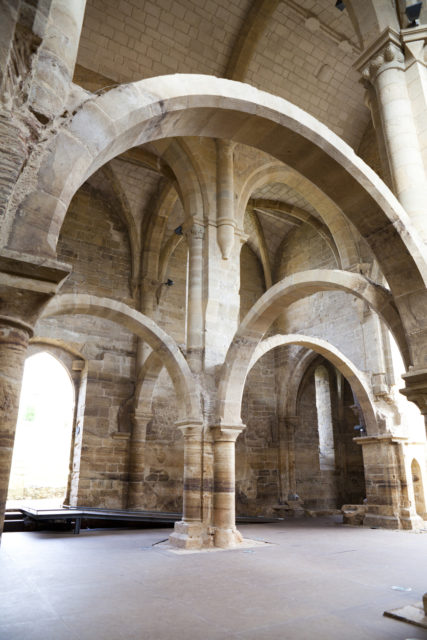
Throughout its life, the monastery received donations. It was down to such generosity that the Santa Clara-a-Velha Monastery could continue its activities as the money paid for various necessary restorations.
When funds permitted, decorative elements were also added to the building. For example, in the early 16th century, the church was decorated with Sevillian tiles and several painted altarpieces.
The constant flooding necessitated the construction of an elevated pavement in the church so that the monastery could continue to function. Eventually, in 1647, life in the Santa Clara-a-Velha Monastery became impossible. It was then that King John IV declared that the building would have to be vacated.
To ensure the nuns had somewhere to go, the king ordered that a new monastery be built on a hill on the opposite bank of the river. This new structure was known as Monstery of Santa Clara-a-Nova (New St Clare).
Only in 1677 did the last of the nuns leave the Santa Clara-a-Velha Monastery. The tomb of Queen Isobel was moved to the new site, along with the tombs of other royals who had been buried there.
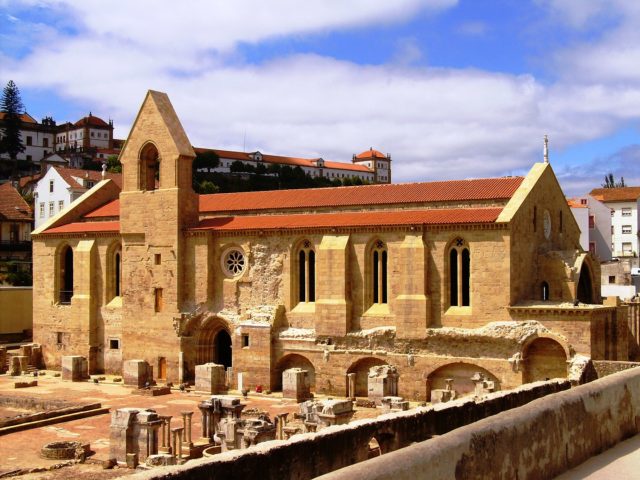
Following its abandonment, the swamps of the Mondego River began to claim the old monastery. Over the years, the building has been exposed to various weather conditions and stood without much attention.
In 1910, the Santa Clara-a-Velha Monastery was declared a national monument, and this led to some restoration work being carried out 20 years later.
However, it wasn’t until 1991 that substantial restoration work was carried out as part of an ambitious project under the watchful eye of the archaeologist Arthur Côrte-Real. By keeping the water at bay with a water containment curtain, real archeological advances were made.
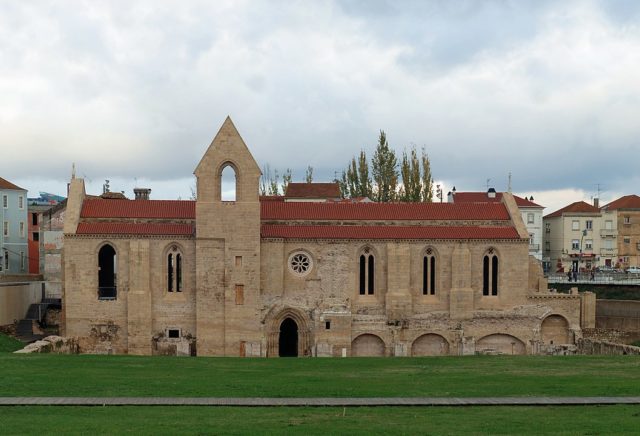
In 1995, a sizeable archaeological campaign led by the Instituto Português do Património Arquitectónico began excavations at the monastery. Clearing the ruins of dirt and water allowed the restoration of many architectural and decorative fragments.
The excavations also helped archaeologists to understand the layout of the monastery. The church nave had two aisles, was covered by stone vaulting, and had mullioned windows in a Gothic design. There were also three rose windows. The nave’s columns were similar to those in the Monastery of Alcobaça.
Archeology teams unearthed evidence of a chapter house, a refectory, a smaller cloister, and the remains of a Gothic fountain. In addition to the monastery, ruins from Queen Isobel’s old palace, which was built nearby, have also been uncovered.
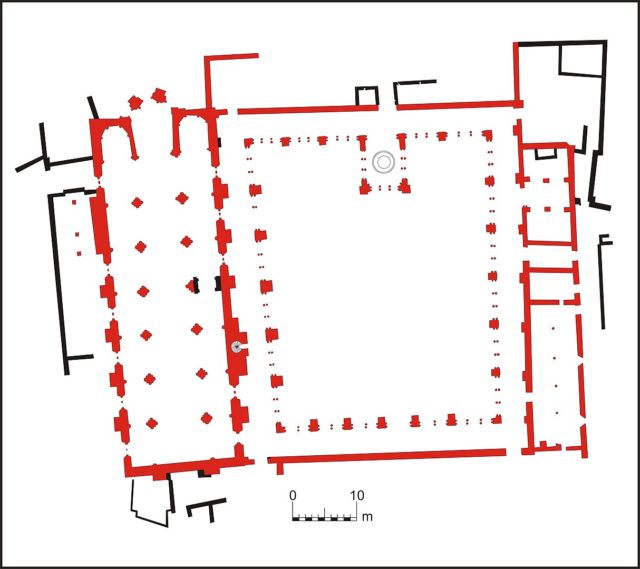
In April 2009, an interpretative center with an exhibition hall and shop was added to the former monastery at a cost of about 27 million euros. Works of art from the monastery are also on display in the Machado de Castro Museum in Coimbra.
Excavations have yielded a whole collection of items that recreate this monument and its history. As a result, visitors today can fully appreciate the architectural and artistic value of these ruins and the items they contain from the past. The interpretive center even runs cultural events.
Another Article From Us: The Lost Village of Haywood in Scotland
